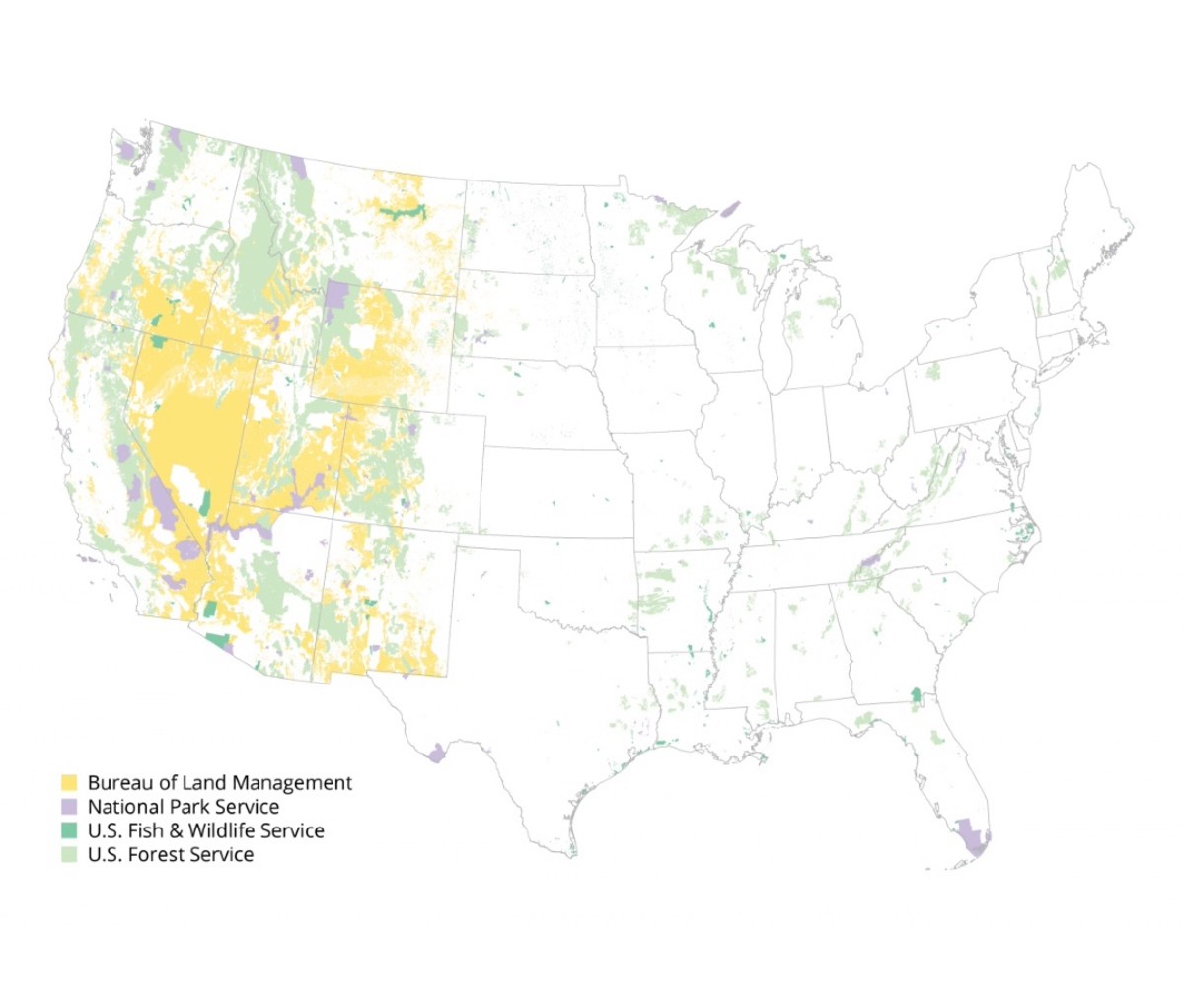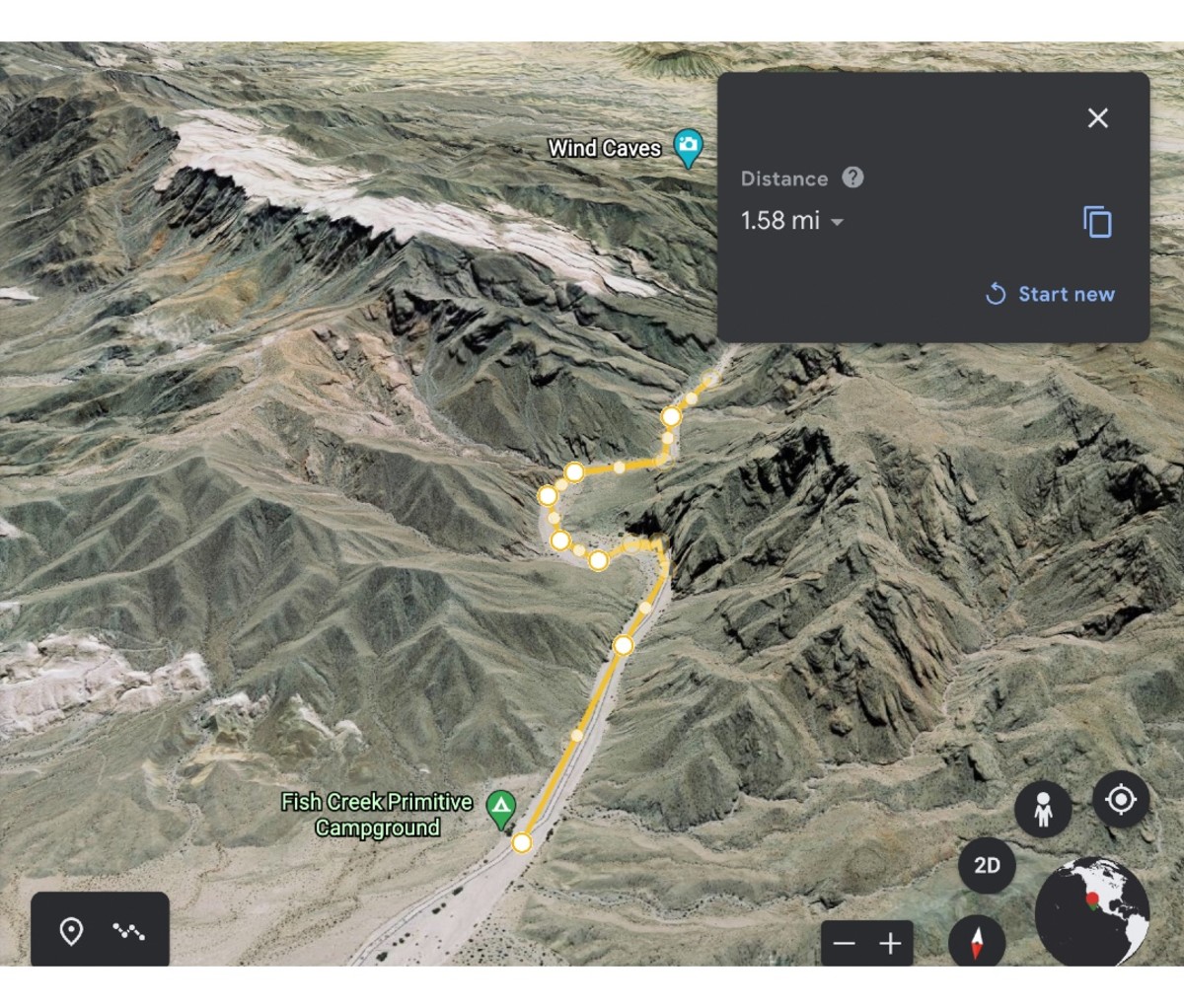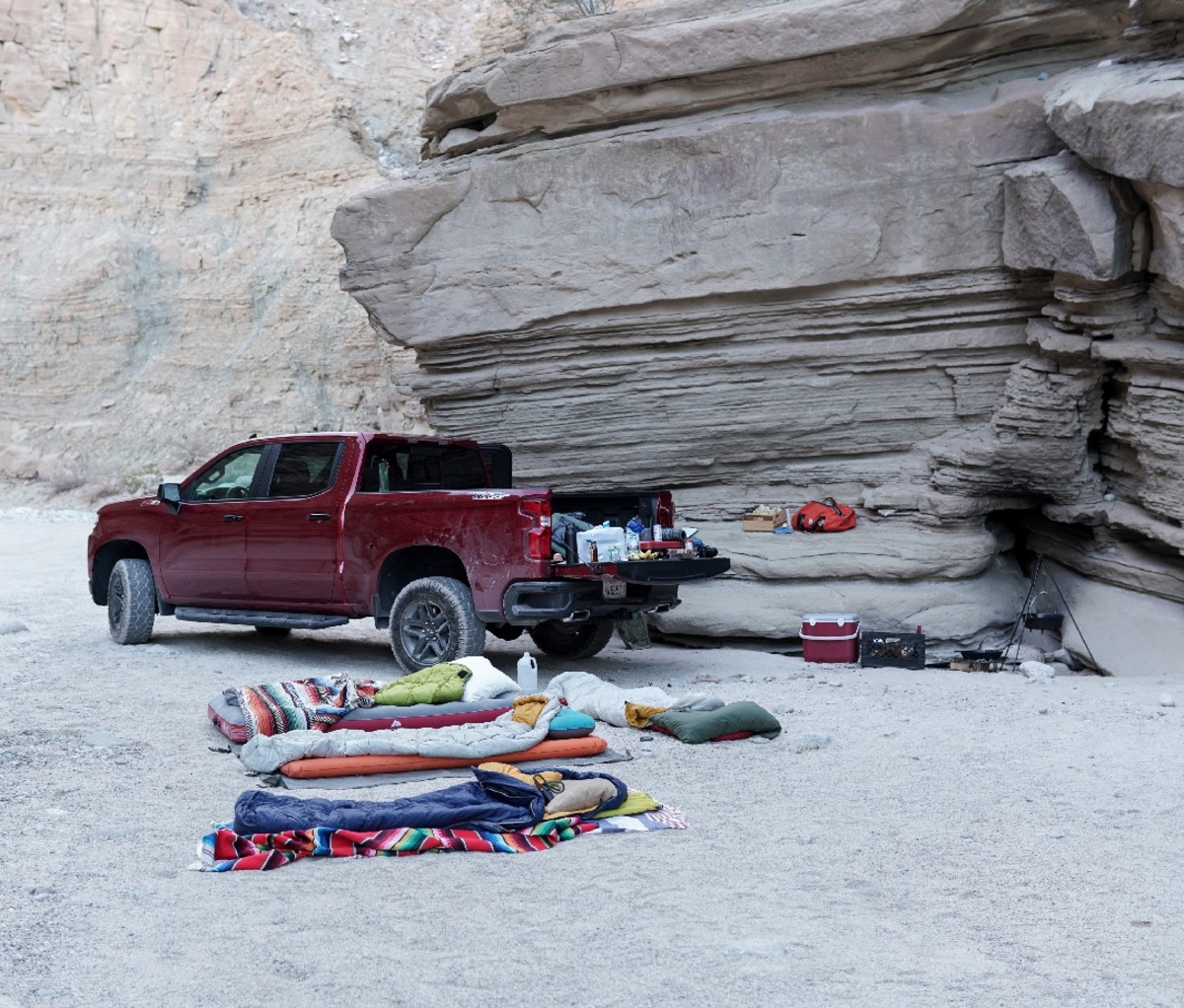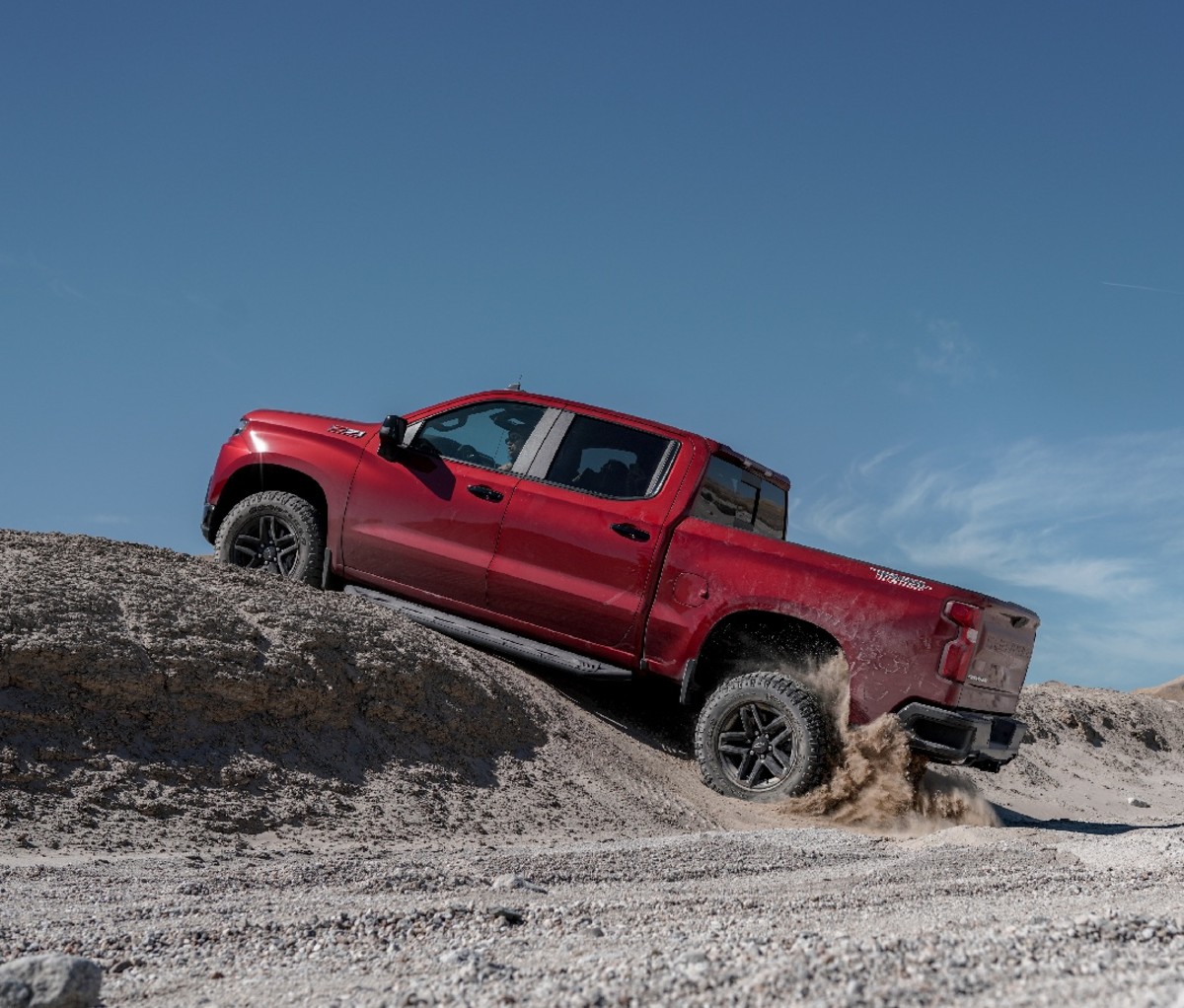There’s nothing quite like camping in a spot that’s all yours—pure solitude unobstructed by anything aside from maybe a few resident critters and gusts of the wind. Imagine nothing but you, a fire (if permitted), and the night sky, away from the crowds and commotion.
Its an ideal, idyllic experience—and rare. However, you can up your odds by primitive camping—aka wild camping, dispersed camping, freedom camping, or boondocking. Whatever you call it, this style of camping means that you’re outside of a designated campground. And that you must pack for the absence of all those luxurious amenities that come with a managed campground: running water, trash cans, toilets, electricity, cell service.
So, the necessary prep for camping beyond a crowded campground looks bit different (depending on your mechanism for arrival). For backpackers, thru-hikers, bikepackers and paddlers, the checklist hinges on total distance, weight of your load, and backcountry priorities. However, for those driving to the destination, the packing list is limited only by whatever your rig can carry—one of the biggest advantages of off-roading to a remote camp spot.
This self-reliant, multi-day vehicular travel off the beaten (read: paved) path is often referred to as overlanding. Orientation away from roads means an emphasis here on understanding the capabilities of your ride, as well as what to pack for contingencies.
There are rules to this style of rugged and rogue camping—especially as many primitive camping areas have become more popular in recent years. Knowing where you’re going is more important than ever, as is assessing your impact on vulnerable, natural environments. Leave No Trace principles must be upheld in primitive camp settings, no matter how you get there.
Otherwise, here’s the breakdown of what to know, and how to plan.
The Pros and Cons of Primitive Camping
Pros: Solitude in nature coupled with the challenge (and fun) of getting there. It’s as simple as that.
Cons: The challenge of finding precise and up-to-date info. Oftentimes, you’re gambling on where to go. More planning and prep work is required than for your average car camping trip, since you’re likely venturing farther from help, and out of cell-service range. Even with more popular zones, planning still includes ensuring that your rig is capable and ready for various types of terrain, and that you have enough water, food, and gas. Without the right gear and info, plans for a serene night sleeping under the stars can turn sketchy fast..
How to Search for Primitive Campsites
Primitive camping is done on state and federally managed public land, which makes up about half of the western United States. With that much open space, knowing where to start looking can be intimidating.

These areas include BLM land, national and state parks, national forests, national grasslands, and wildlife management areas. Try starting with Google Maps: Look at which state you want to explore, search the national forests and other public lands in the area. Once you’ve chosen your area of interest, next comes the fun part (along with the brunt of the research).
Since you’re driving to your destination, it’s time to address your car with the tough questions: Are you a 4×4? What’s your ground clearance? What type and condition of tire are you working with? Knowing the limitations of your car, coupled with your off-roading experience will help you hone in accessible spots. First time? Consider starting with a more popular, well trafficked area (you can usually tell if a place is more popular by the amount of available info online). Look at topographic maps to identify roads, and work on calculating the mileage for each road you anticipate traveling. Make sure you have gas for at least double the amount of the off-road distance you calculate, as your vehicle’s fuel economy halves when driving off-road.

Bottom line: Do your research and know where you’re headed, bearing in mind the fact that many off-roading routes are extremely susceptible to changes with weather. One rainstorm can turn your route from dust to sludge to a matter of survival. Be sure to print, screenshot, or download your map to reference as you head out of service—just like old times, right?
Here are a few online resources worth exploring:
The Vanlife App
This app can help with identifying potential areas. Use the filters to select “Dispersed Camping” under “Camping Style,” and select the type of rig you have under “Vehicle Access.”
Google Earth/Maps
Google Earth is an excellent place to scour for hours and get a feel for the place you’ll be venturing. Measure distance and get 2D and 3D aerial and “street” views of remote roads.
Free Campsites
This community-driven website is another great resource to narrow down options. Just type in your area of interest, and a list of different camping styles and spots will pop up. Make sure to look at the description and that it says “dispersed” or “primitive.”
OnX Off-Road App
Download a robust network of maps (chalk full of the latest info on land management and trail availability/closure details) to use when out of coverage areas, utilizing use your phone’s GPS to track your progress and mark waypoints. A paid plan starting at $29/year upgrades from the base (free) version.
What to Pack
An off-road-capable ride means space and horsepower to pack in lots of water, food, and creature comforts that you wouldn’t typically bring backpacking (or even car-camping in a compact ride). Pack that cast iron pan and telescope—it’ll be worth it.
This spring, a few friends and I went camping in the desert at Fish Creek Wash in Anza Borrego State Park. This Southern California camp destination can get hot fast, so bringing in extra water was a top priority. We brought with us a collapsible water jug that holds 5.3 gallons of water, in addition to a couple of 32-ounce water bottles per person. Whatever you go with for water storage, stick by the basic guideline of one gallon per person, per day.
From there, the deeper you go, the more you need, and the more difficult it will be to adjust to changing weather, where adding gear to accommodate rain and wind matters. Also, preparing for your target area’s wildlife should be a thought, where items like bug spray, Tecnu, and bear canisters can be a lifesaver.
Here’s a checklist of staples needed for your next off-roading/primitive camping trip.

For Your Camping Experience
- Waste Bags: Use these to pack out your trash, including toilet paper and number twos (especially when camping in high alpine or desert landscapes where burying in the proper manner is not an option, see more under Trowel below).
- Food and Cooking Gear: Bring a stove of your choice, or cook the good ol’ fashioned way in a cast iron over the fire (regulations permitting). Be sure to pack fixings like oil, cutting boards, seasonings…
- Fire Pan: Many managed public lands do not allow fires, especially during summer months when many places in the West are drier and more prone to wildfire risk. For areas that do allow fires, consider a portable fire pit or pan to minimize impact on your camping area.
- Hand Sanitizer/Soap
- Headlamps, Flashlights or Lanterns
- Pocketknife or Multitool
- Sleeping Bag
- Sleeping Pad and Pillow (or, stuff your jacket in the bag you transport your sleeping bag in)
- Tent
- Trowel: This is when Leave No Trace principles are especially important. Once you do your business, make sure you pack a trowel and dig in the soil at least 6 inches deep, and 200 feet away from water sources and trails. No soil? Pretend you’re picking up after your dog and pack your poop out with you.
- Toilet Paper, Rags or Paper Towels (baby diaper wipes come in more handy than you’d imagine)
- Water: Lots of it.
For Your Vehicle
- Spare Tire, Jack and Tire Iron
- Tow Straps, fitted for your vehicle’s weight
- MaxTraxs: While not totally necessary, these have gotten me out of some tricky situations. They serves as both a shovel and a traction pad that can be a pretty big game changer when you’re stuck in soft sediment.
- Tire Pressure Gauge
- For a thorough, pre-maintenance checklist, consult this list on offroaders.com—extremely helpful and useful for a wide array of different vehicle types.

How to Know if Your Car is Capable
The terrain in Anza Borrego, for one, is extremely diverse, covering 640,000 acres. It’s known for having both the harshest landscape and the most rudimentary terrain—whatever adventure you’re up for. Our biggest question was when to turn around, and when to just keep going. Fortunately, our vehicle’s ability to handle a wide variety of terrain made it easy to pick the latter, in a Chevy Silverado Trail Boss with a 2-inch lift, 33-inch DuraTrac Mud-Terrain tires, a 6.2L V8 engine with 420 horsepower, skid plates and off-road shocks. The high horsepower and resopnsive suspension inspired confidence off-road, crawling over larger rocks and speeding through deep, trickier washes.
No, you don’t need a new truck to camp in more remote areas, but it certainly provides greater freedom to explore farther. Four-wheel drive is the ideal entry if you’re anticipating dealing with some shallow sandy areas and dirt roads, or unfamiliar off-road areas. Adding modifications to your car is the next step, though often costly, with research necessary for initial steps like a lift or even adding larger tires (without re-gearing properly, for instance, it will destroy the fuel economy of the car).
Bottom line: 4×4 and some solid all-terrain tires works for many lighter forms of off-roading. In some places, two-wheel drive is enough to get by; users on sites like freecampsites.net will sometimes provide notes about this in camp descriptions. Be sure to check weather conditions and the terrain beforehand, and always have a Plan B.
Helpful Resources
Off-Roading Rules in National Parks
from Men's Journal https://ift.tt/3i3Ijiy







0 comments